Safavid era is the brilliant period of reviving Iranian arts. The available inspirational examples of valuable Safavid artworka which are now displayed in famous museums of the world are Ardabil carpets.
Isfahan (IMNA) - The support and interest of Safavid kings regarding carpet weaving made it possible to upgrade this rural profession into a beautiful art. Shah Abbas had a great contribution to develop the art of carpet weaving by gathering the best painters, designers, and weavers from all around the country in his royal workshops. He established carpet weaving workshops near his royal palace and directly monitored the weavers to be sure about the quality of the texture. By the end of Safavid dynasty, the art of carpet weaving faded too. The decline of Persian Safavid power was the negative consequence of the Afghan invasion during which everything was destroyed.
While carpet weaving is considered as a national art in Iran, some cities of the country are famous as the carpet weaving centers of Iran; Tabriz, from 1500 to 1550 AD, Kashan, from 1525 to 1650 AD, and Kerman, from 1600 to 1650 AD, were the carpet weaving centers of Iran. Today, some carpets woven during these eras are kept in the great museums of the world such as; the museum of fine arts in Boston, the Victoria and Albert museum in London, the Los Angeles museum, the museum of applied art in Vienna, the Louvre museum in France, the national museum in Stockholm, and also many other great museums of the world.
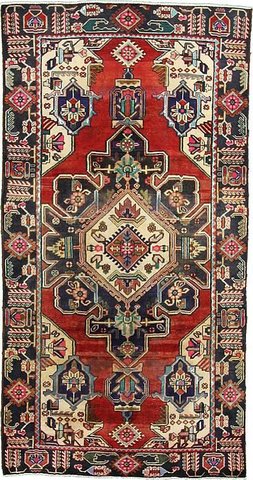
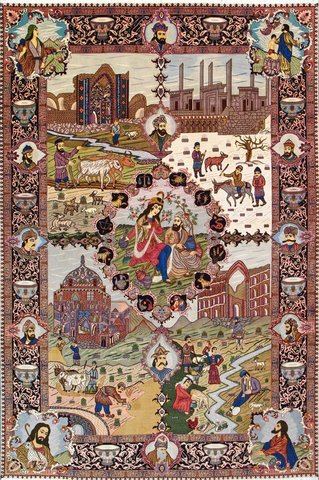
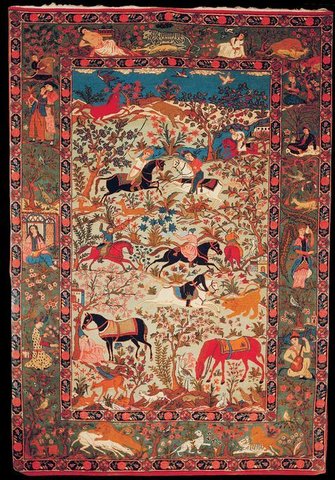
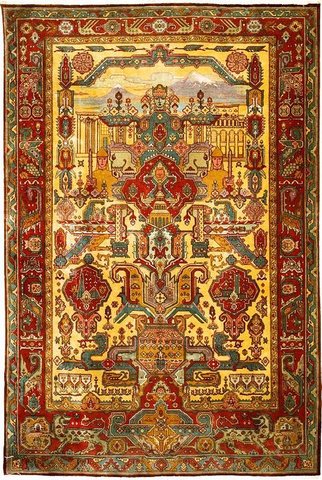
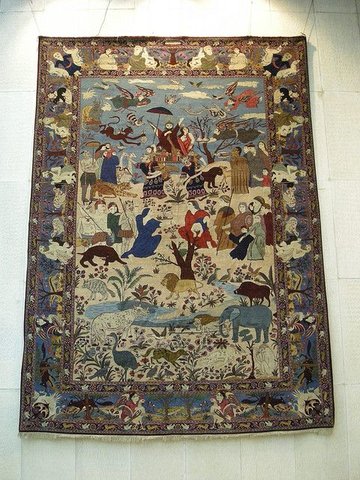
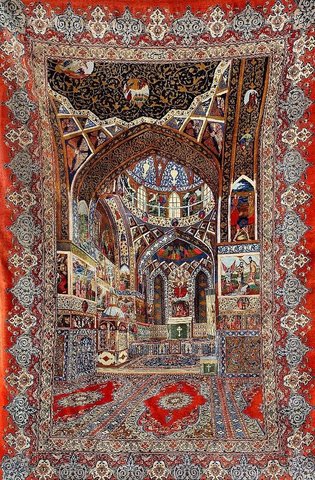
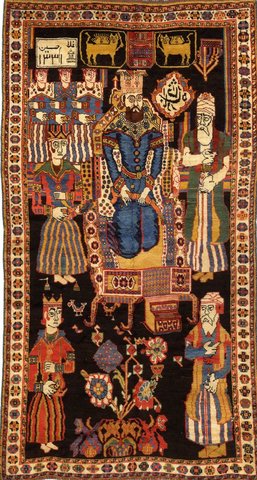
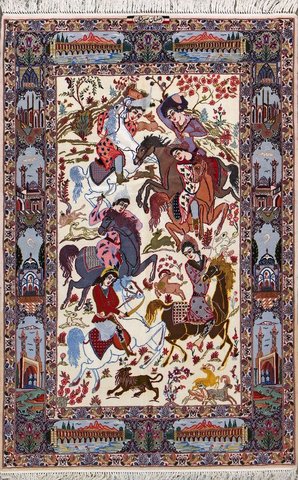
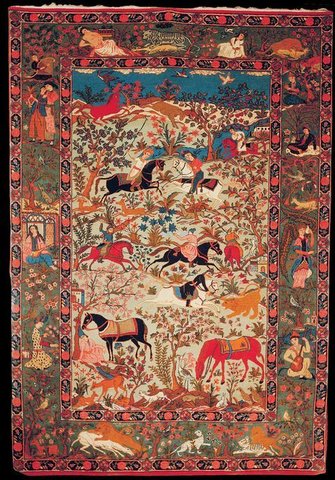
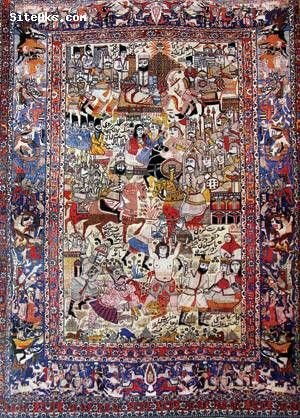
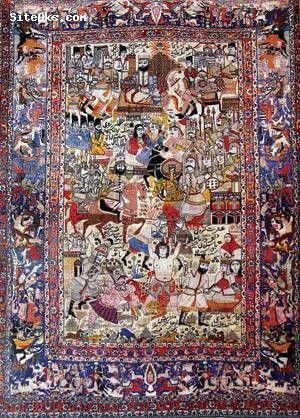
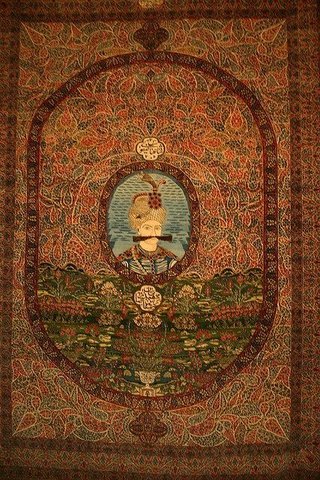

Your Comment